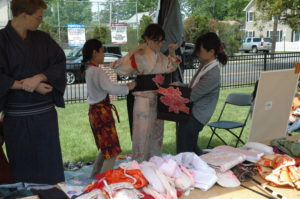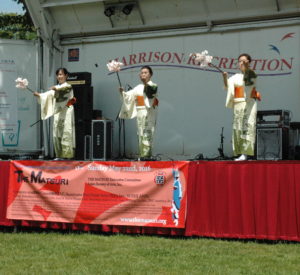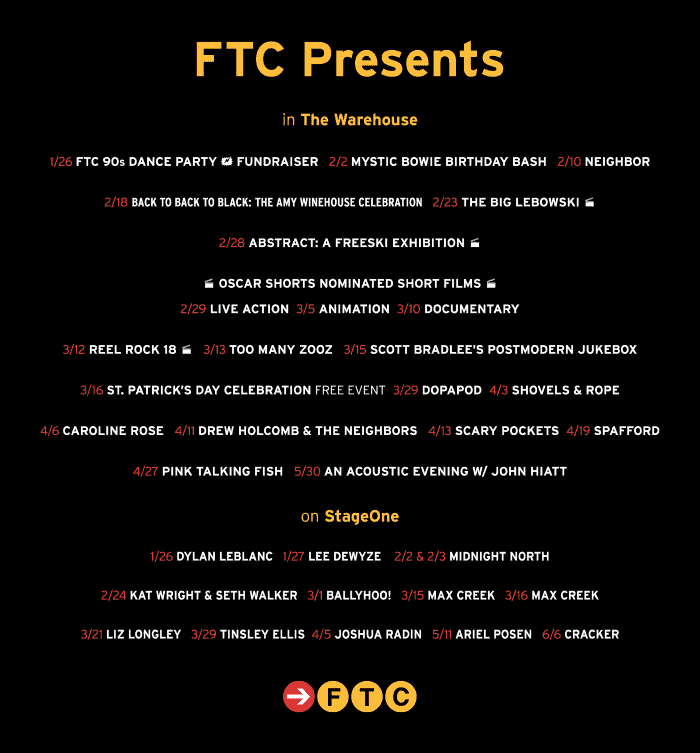The Japanese community of the town/village of Harrison held its third annual Matsuri Japan Cultural Festival at Ma Riis Park on Sunday, May 22. Hundreds of revelers from across Westchester County and of all backgrounds attended the event to sample Japanese food and drink from local businesses, play unique games, socialize and enjoy hours of entertainment on a perfect spring afternoon.

The matsuri, meaning festival in Japanese, was cosponsored by the Matsuri Executive Committee, the Asian Society of the Arts in New York City, the Keio Academy of New York in Purchase, the Harrison Public Library and the Consulate General of Japan in New York.
According to the matsuri website, this free spring festival is held to allow Japanese residents to show gratitude to Harrison and the neighboring communities by sharing their culture through food, performances, vendor booths, workshops, games and raffles. Proceeds from the raffles will benefit victims of earthquakes in Japan and local agencies.
Starting at around 11:30 a.m., the matsuri kicked off with the hosts leading the audience in radio calisthenic exercises, rajio taiso in Japanese, to warm up. Introduced in the late 1920s, this practice is still popular in Japanese schools and at some companies, which has been broadcast early in the morning on Japan’s national public broadcasting organization, NHK, since the 1950s.
Then followed a slew of performances, showcasing Japan’s past and present-day culture. The IchiFuji-kai Dance Association performed a traditional dance dating back to the 17th century. Junko Fisher performed traditional Okinawan music, and singer Marina Kondo traveled all the way from Michigan to perform with Kenji Furutate, who accompanied her on the taiko, or Japanese drum, much to the audience’s delight.
Furutate later performed with DTT, a trio from Japan that performs rhythms using the taiko, drums and tap-dancing, another crowd-pleaser. Other performances showcased J-pop and J-rock songs performed by Megumi, Rie Tamuro and Shu & Ninja.
Scattered between the entertainment, festivalgoers were encouraged to participate in group dances featuring songs like “Cha-Cha Slide” and Korean-pop singer Psy’s hit single “Gangnam Style.”
The day also included Japanese martial arts demonstrations from Kyokushin Karate New York and Shidogakuin of Harrison, which practices iaido, the art of responding to a sudden attack with a katana sword, and kendo, the modern discipline of using shinai, or bamboo swords, and protective armor to practice principles of the katana without drawing blood.
Halfway through the entertainment, Harrison Mayor Ron Belmont, decked out in a traditional kimono, welcomed revelers and spoke of Harrison’s diversity. “This [event] solidifies the fact that Harrison is a great place to live,” he said. “We welcome everyone, no matter what your national origin is.”

Koji Abe, the deputy chief of the Mission of the Consulate General of Japan in New York, spoke after Belmont, saying that he felt underdressed, wearing a blazer and slacks compared to Belmont’s outfit, yielding laughs from the audience.
“In Japan, most matsuris take place in autumn to show thanks for the new yield of rice, but some also take place in the springtime,” Abe said, adding that such festivals bring together community members of all ages and backgrounds, and Harrison has been so warm toward its Japanese residents. “This event is a platform for a better understanding of Japanese culture and heritage.”
Several vendors attended the matsuri, selling Japanese food and trinkets, including bowls, fans and masks featuring Japanese cultural icons like Pokémon and Hello Kitty. Many stations offered games, including a rope ring toss; hanetsuki, a traditional Japanese game similar to badminton; and an activity where participants had to maneuver a tennis ball through an obstacle course on a display board called Fuji and Ninja.
The Halperin building of the Harrison Public Library also offered more activities, including a Japanese tea ceremony demonstration, a flower arrangement workshop and a calligraphy workshop, which was supervised by students from Keio Academy, a Japanese private high school in Purchase.
The Keio Academy brass band wrapped up the day’s events, with students also performing hip hop routines.
The matsuri is just one way that Harrison seeks to celebrate Japanese culture. Available at the library is the Kiyoko Brown Japanese Collection, a section dedicated to more than 3,000 volumes of literature in Japanese for the community, from manga to recent bestsellers translated from English. Started in 1997 with just seven books, Brown, a 40-year Harrison resident, spearheaded the collection’s growth with volunteers and fundraisers. She recalls there being only four or five Japanese families in the town when she moved to Harrison, and says that there are now more than 1,000 residents of Japanese origin. “We have been very happy here,” she said.
Brown, who started the collection to help fellow Japanese residents feel less isolated in the community, said she wanted the collection to create an intellectual oasis.
“I’ve always loved books,” she said. Brown believes the collection is one reason there are a number of Japanese residents living in Harrison.








